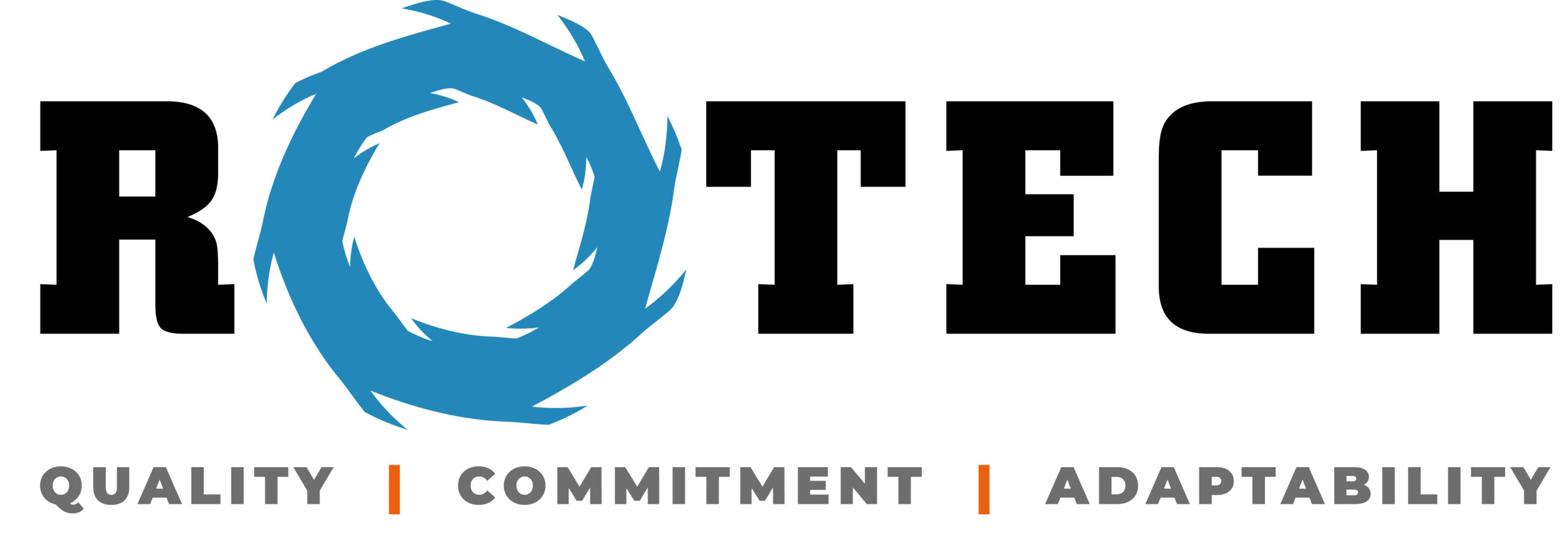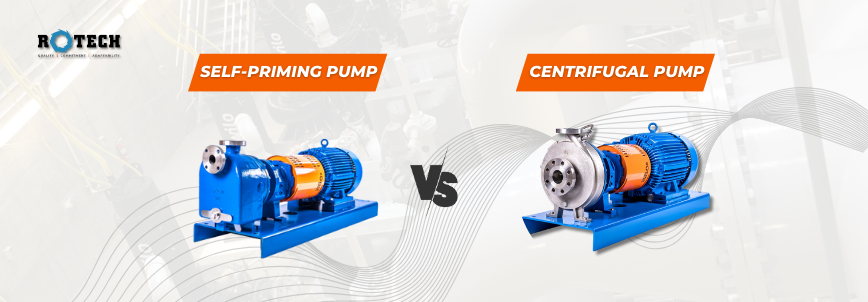Pumps are essential devices used in a wide range of industries to move fluids from one place to another. They play a critical role in processes such as water supply, wastewater treatment, chemical processing, oil extraction, and more. Understanding the various types of pumps is crucial for selecting the right equipment for specific applications.
Self-Priming Pumps
Self-priming pumps are a category of pumps designed to eliminate the need for manual priming, which involves filling the pump and suction lines with liquid before starting the pump. This feature makes self-priming pumps particularly useful when dealing with suction lifts, where the pump is situated above the liquid source. The working principle behind self-priming pumps involves a specialized impeller design and air-water separation mechanisms. The impeller is designed to handle air-water mixtures, allowing the pump to automatically expel air and establish a continuous flow of liquid.
These pumps find applications in various industries, such as construction, agriculture, and wastewater management. They are advantageous in scenarios where frequent priming is impractical or time-consuming, making them ideal for intermittent operations and locations with unreliable water sources.
Centrifugal Pumps
Centrifugal pumps are the most common type of pumps used in industrial settings. They work based on the principle of centrifugal force, where a rotating impeller accelerates the fluid outward, creating a pressure gradient that propels the fluid through the pump. However, traditional centrifugal pumps face priming challenges, especially in cases where the pump is not located below the liquid source. These pumps rely on gravity to help fill the pump and suction lines with liquid, making manual priming or external priming methods necessary.
Centrifugal pumps come in various types, including single-stage and multi-stage pumps, end-suction and split-case pumps, and radial and axial flow pumps. Their applications span a wide range of industries, including water supply, heating and cooling systems, chemical processing, and more. Their efficiency in moving large volumes of fluid makes them a staple in many fluid transport and circulation systems.
Self-Priming vs. Centrifugal Pumps: Key Differences
| Aspect | Self-Priming Pumps | Centrifugal Pumps |
|---|---|---|
| Priming Process | Automatic air handling | External priming methods required |
| Installation & Maintenance | Moderately complex | Moderately complex |
| Suitable Applications | Often used for suction lifts | Common for various fluid transport |
| Fluid Handling Efficiency | Effective for air-water mixtures | Less effective for air entrainment |
| Initial Cost & Long-term Costs | Comparable initial costs | Generally lower initial costs |
| Energy Efficiency | Efficient in air handling scenarios | Efficiency may vary based on the design |
Selection Factors for Pump Choice
Choosing the appropriate pump for a specific application involves considering several factors. The nature of the fluid being pumped, including its viscosity and corrosiveness, impacts the pump’s material selection. Flow rate and pressure requirements determine the pump’s size and capacity. The layout of the system and space constraints dictate the pump’s configuration. Initial cost and long-term operational costs influence the overall economic feasibility, while energy efficiency and environmental considerations play a role in sustainable pump choices.
Case Studies and Examples
In a real-world context, self-priming pumps are commonly found in agricultural settings where water needs to be lifted from wells or underground sources. For instance, in remote areas with inconsistent water availability, self-priming pumps provide reliable water supply without the need for constant manual intervention. On the other hand, centrifugal pumps are often used in large-scale industrial processes. An example is the circulation of cooling water in power plants, where centrifugal pumps efficiently transport large volumes of water for heat dissipation.
Future Trends and Developments
The future of pump technology involves continuous improvements in efficiency, automation, and sustainability. Self-priming pumps are likely to see advancements in air-handling mechanisms, allowing them to handle even more challenging conditions. Centrifugal pumps could incorporate enhanced impeller designs and control systems to increase efficiency and adapt to changing operational demands. Automation and smart technologies are poised to make pumps more responsive and energy-efficient, contributing to reduced downtime and operational costs.
Conclusion
In summary, the choice between self-priming and centrifugal pumps depends on the specific application requirements. Self-priming pumps excel in scenarios where automatic priming is essential, such as suction lifts and intermittent operations. Centrifugal pumps, despite priming challenges, remain versatile workhorses for various fluid transport applications. Proper consideration of selection factors and understanding the differences between these pump types is crucial for optimizing system efficiency, minimizing costs, and ensuring reliable fluid movement across industries.
1. What is the main advantage of self-priming pumps over traditional centrifugal pumps?
Self-priming pumps have the unique ability to automatically handle air within the pump and suction lines, eliminating the need for manual priming. This makes them particularly effective in scenarios where the pump is situated above the liquid source, such as suction lift applications.
2. Can self-priming pumps handle both air and liquids equally well?
Yes, self-priming pumps are designed to handle air-water mixtures efficiently. Their impeller designs and air-water separation mechanisms allow them to expel air and establish a continuous flow of liquid, making them reliable in situations where air entrainment is common.
3. Are self-priming pumps more complex to install and maintain compared to centrifugal pumps?
Both self-priming and centrifugal pumps have a moderate level of complexity in terms of installation and maintenance. However, self-priming pumps might require slightly more attention to ensure their air handling mechanisms remain effective over time.
4. In which industries are self-priming pumps commonly used?
Self-priming pumps find applications in various industries, including agriculture, construction, municipal water supply, and wastewater management. They are particularly useful in remote or intermittent operations where reliable automatic priming is essential.
5. Can centrifugal pumps be used for suction lifts, or are they only suitable for below-grade applications?
Centrifugal pumps can be used for suction lifts, but they require manual priming or external methods to overcome the challenges of air entrainment. In such scenarios, self-priming pumps offer a more convenient and efficient solution.
6. What factors should be considered when choosing between a self-priming pump and a centrifugal pump?
Factors such as the nature of the fluid being pumped, flow rate and pressure requirements, system layout and space constraints, initial and long-term costs, as well as energy efficiency considerations, play a crucial role in selecting the appropriate pump type.
7. Are there any recent advancements in pump technology that could impact the performance of self-priming and centrifugal pumps?
Yes, advancements in impeller design, materials, and control systems are ongoing in the pump industry. For self-priming pumps, improvements in air-handling capabilities are being developed. Centrifugal pumps are also benefiting from enhanced efficiency and automation, making them more adaptable to changing operational demands.




